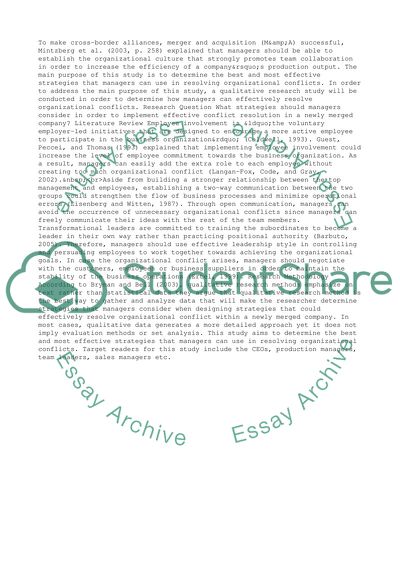Cite this document
(“Most Effect Strategies in Resolving Organizational Conflicts Essay”, n.d.)
Most Effect Strategies in Resolving Organizational Conflicts Essay. Retrieved from https://studentshare.org/management/1453366-qualifying-exam-research-methods
Most Effect Strategies in Resolving Organizational Conflicts Essay. Retrieved from https://studentshare.org/management/1453366-qualifying-exam-research-methods
(Most Effect Strategies in Resolving Organizational Conflicts Essay)
Most Effect Strategies in Resolving Organizational Conflicts Essay. https://studentshare.org/management/1453366-qualifying-exam-research-methods.
Most Effect Strategies in Resolving Organizational Conflicts Essay. https://studentshare.org/management/1453366-qualifying-exam-research-methods.
“Most Effect Strategies in Resolving Organizational Conflicts Essay”, n.d. https://studentshare.org/management/1453366-qualifying-exam-research-methods.


